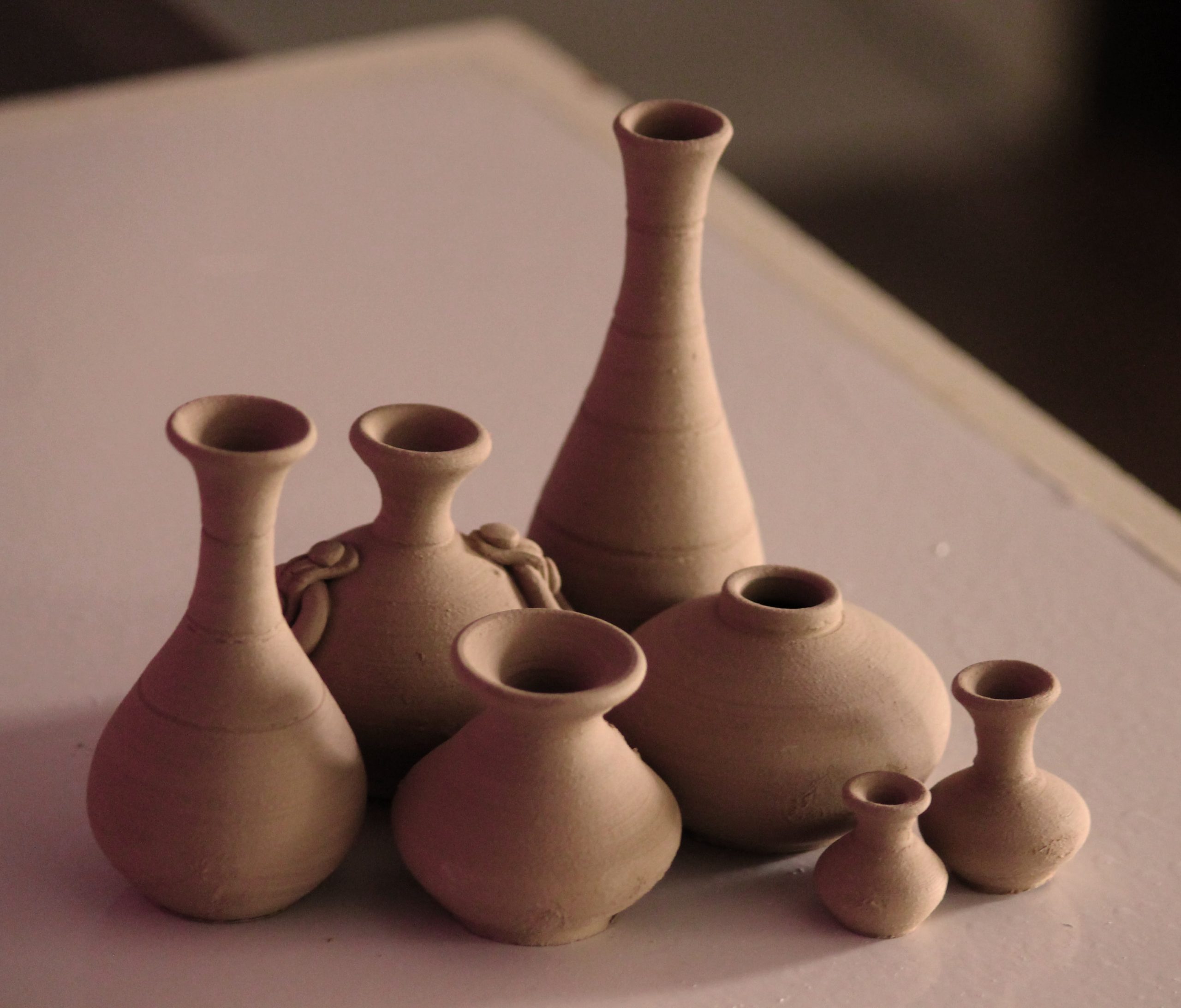Despite the previous overview studies on Polish and East German archaeology and historiography after 1945, further analyses of the relationship between science and politics as well as of the inner-disciplinary processes and discourses in the “Cold War” period are still needed. This applies in particular to the research field of “Slavic archaeology”, the archaeological and historiographical research on the “Slavs” in prehistorical and early medieval times.
With regard to recent demands for an extended and more dynamic understanding of science and new methodological approaches in the history of science (and of archaeology as well), this paper focuses on two leading figures of “Slavic archaeology”, Witold Hensel (PPR) and Joachim Herrmann (GDR), as case studies to provide more insights into this discipline.
Analysing the course of Hensel’s and Herrmann’s careers and of their way to the “Slavs” as one of their main research interests, their administrative functions as institutional directors and the central narratives of their publications on the early “Slavs”, enables us to profoundly dissect the interrelations between scholarly work, politics, and ideology in this field of research.
The comparative approach also allows us to identify parallel tendencies in Eastern German and Polish “Slavic archaeology” as well as specific national conditions and developments.
On the example of Hensel and Herrmann, it becomes clear that the implemented biographical-comparative perspective is fruitful and can be used for further research in the history of science.

